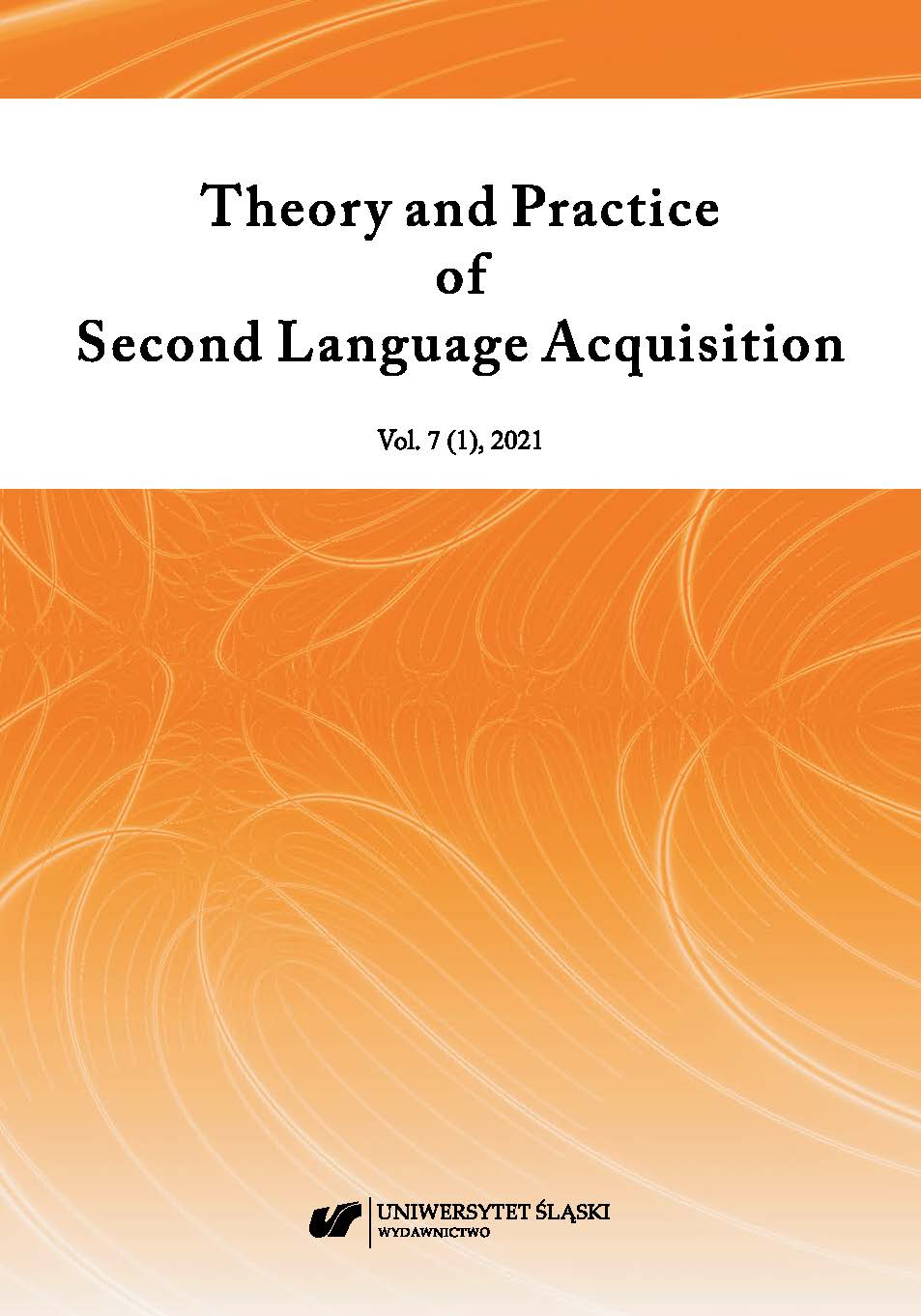Al-Janaideh, Rabab and Mahadin, Radwan (2015) The Acquisition of the English Plural Morpheme and the Regular Past Tense Morpheme by Arabic-Speaking Students in Jordan. International Review of Social Sciences, 3 (11) pp 512-534.
Google Scholar
Allerton, David (1979) Essentials of Grammatical Theory: A Comparison View of Syntax and Morphology. London: Routledge and Kegan Paul.
Google Scholar
Anthony, Jason and Francis, David (2005) Development of Phonological Awareness. Current Directions in Psychological Science, 14 (5), pp 255-259. https://doi.org/10.1111%2Fj.0963-7214.2005.00376.x.
Google Scholar
Altarawneh, S. M. and Hajjo, M.H. (2018) The Acquisition of the English Plural Morphemes by Arabic-Speaking EFL Learners. International Journal of Education & Literacy Studies, 6 (2) pp. 34-39. http://dx.doi.org/10.7575/aiac.ijels.v.6n.2p.34.
Google Scholar
Berko, Jean (1958) The Child’s Learning of English Morphology. Word, 14 (2-3), pp 150-177. (Published online December (2015) https://doi.org/10.1080/00437956.1958.11659661.
Google Scholar
Brown, Roger (1973) A First Language: The Early Stages. England: Harvard University Press.
Google Scholar
Bussmann, Hadumo (2000) Routledge Dictionary of Language and Linguistics. London: Taylor and Francis.
Google Scholar
Carr, Philip. (2013) English Phonetics and Phonology: An Introduction. Wiley Blackwell: United Kingdom.
Google Scholar
Cazden, Courten (1968) The Acquisition of Noun and Verb Inflections. Child Development, 39 (2), pp 433-488. https://psycnet.apa.org/doi/10.2307/1126956.
Google Scholar
Goswami, Usha and Bryant, Peter (1990) Phonological Skills and Learning to Read. London: Lawrence Erlbaum.
Google Scholar
Johnson, Pamela (1980) The Acquisition of English Morphology Phonological, Syntactic and Semantic Variation, PhD thesis, Texas Tech University.
Google Scholar
Kopcke, Klaus-Michael (1998) The Acquisition of Plural Marking in English and German Revisited: Schemata Versus Rules. Journal of Child Language, 25 (2), pp 293-319.
Google Scholar
Lieber, Rochelle. (2009) Introducing Morphology. Cambridge University Press: United Kingdom.
Google Scholar
Natalicio, Diana and Natalicio, Luiz (1971) A Comparative Study of English Pluralization by Native and Non-Native English Speakers. Child Development 42 (4), pp 1302-1306. DOI: 10.2307/1127817.
Google Scholar
Peng, Long and Ann, Jean (2004). Obstruent Voicing and Devoicing in the English of Cantonese Speakers from Hong Kong. World Englishes, 23 (4), 535-564. https://doi.org/10.1111/j.0083-2919.2004.00376.x.
Google Scholar
Selby, Susan (1972) The Development of Morphological Rules in Children. British Journal of Educational Psychology 42 (3), pp 293-299. https://doi.org/10.1111/j.2044-8279.1972.tb00722.x.
Google Scholar
Zeigler, Johannes and Goswami, Usha (2005) Reading Acquisition. Developmental Dyslexia and skilled Reading across Languages: A Psycholinguistic Grain Size Theory. Psychological Bulletin 131 (1), pp 3-29. DOI: 10.1037/0033-2909.131.1.3.
Google Scholar


 https://doi.org/10.31261/TAPSLA.8228
https://doi.org/10.31261/TAPSLA.8228

 10.31261/tapsla
10.31261/tapsla